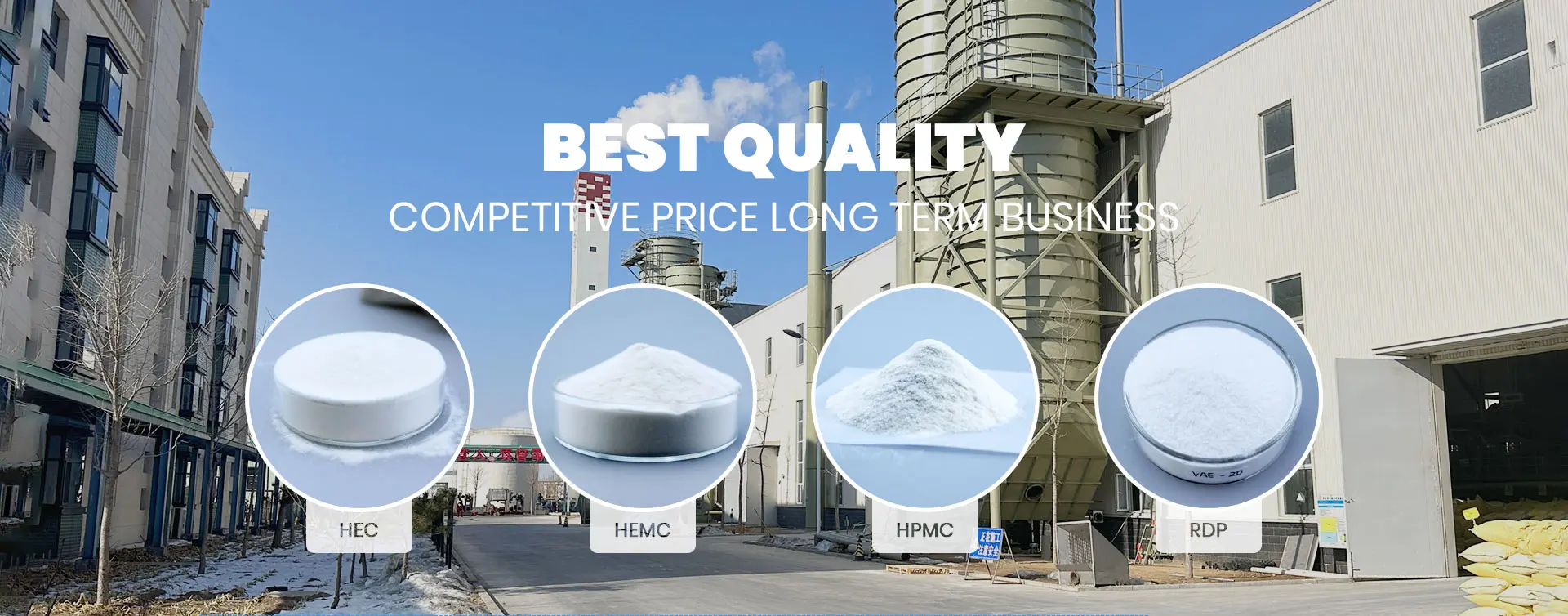
Nov . 17, 2024 19:55 Back to list
hpmc
Understanding HPMC A Versatile Polymer in Modern Applications
Hydroxypropyl Methylcellulose (HPMC) is a cellulose derivative that has garnered significant attention across various industries due to its exceptional properties and versatility. This semi-synthetic polymer is derived from natural cellulose, which is extracted from plant materials. HPMC is non-ionic, water-soluble, and biodegradable, making it an environmentally friendly choice for numerous applications.
Properties of HPMC
HPMC possesses several properties that make it a favored compound in various fields. One of its notable characteristics is its ability to form a gel-like consistency when mixed with water, which can be adjusted by altering its concentration. This gelling property is particularly important in applications like drug delivery systems, where controlled release of active ingredients is crucial for therapeutic effectiveness.
Additionally, HPMC has excellent film-forming and thickening abilities. When used in formulations, it can improve the texture and stability of products, making it suitable for cosmetics, food, and pharmaceutical applications. Its water retention capabilities further enhance this property, allowing for prolonged moisture in various products.
The polymer also exhibits low toxicity, which is a significant advantage in food and medical applications, where safety is paramount. Its compatibility with various substances ensures that HPMC can be utilized in diverse formulations without compromising the efficacy of other ingredients.
Applications of HPMC
1. Pharmaceutical Industry HPMC is widely used in the pharmaceutical sector, particularly in the formulation of tablets and capsules. It acts as a binder, providing cohesion to the mixture of active ingredients and excipients. Moreover, HPMC is often employed as a coating agent for controlled-release drug formulations. Its ability to create a protective layer around the drug allows for extended release over time, improving the therapeutic effect while minimizing side effects.
2. Food Industry In food applications, HPMC serves as a thickening agent, emulsifier, and stabilizer. It is commonly found in processed foods, sauces, and dairy products, where it contributes to texture and mouthfeel. By enabling water retention, it helps improve the quality and shelf life of food products. Importantly, HPMC is considered safe for consumption, making it a popular choice for many food manufacturers.
hpmc

3. Cosmetic Industry HPMC is used in a range of cosmetic and personal care products, such as lotions, creams, and gels. Its film-forming ability provides a smooth and cohesive texture, enhancing the feel and performance of these products. Additionally, HPMC can act as a thickener in shampoos and conditioners, improving their usability and aesthetics.
4. Construction Industry The construction industry has also recognized the benefits of HPMC. It is often added to cement and mortar mixtures to improve workability and provide better adhesion. The polymer helps retain moisture in these mixtures, which is crucial for achieving optimal strength and durability during curing.
Environmental Considerations
As society becomes increasingly aware of environmental issues, the use of biodegradable and eco-friendly materials has become more important. HPMC stands out due to its natural origins and biodegradable nature. When HPMC is used in products, it breaks down into harmless byproducts, minimizing environmental impact compared to synthetic alternatives.
Moreover, the production processes of HPMC are continually evolving to prioritize sustainability. Manufacturers are exploring ways to reduce energy consumption and waste associated with HPMC production, making it an appealing choice for companies looking to adopt greener practices.
Conclusion
Hydroxypropyl Methylcellulose (HPMC) is a multifunctional polymer with extensive applications across various industries. Its unique properties, including water solubility, film-forming capabilities, and thickening abilities, make it an invaluable ingredient in pharmaceuticals, food, cosmetics, and construction. As the demand for environmentally friendly materials grows, HPMC's biodegradable nature and safety profile further enhance its appeal.
In conclusion, HPMC exemplifies the blend of functionality and sustainability, paving the way for innovations that enhance product performance while minimizing environmental impact. Its versatility will surely keep it at the forefront of research and application in the years to come.
-
Versatile Hpmc Uses in Different Industries
NewsJun.19,2025
-
Redispersible Powder's Role in Enhancing Durability of Construction Products
NewsJun.19,2025
-
Hydroxyethyl Cellulose Applications Driving Green Industrial Processes
NewsJun.19,2025
-
Exploring Different Redispersible Polymer Powder
NewsJun.19,2025
-
Choosing the Right Mortar Bonding Agent
NewsJun.19,2025
-
Applications and Significance of China Hpmc in Modern Industries
NewsJun.19,2025







